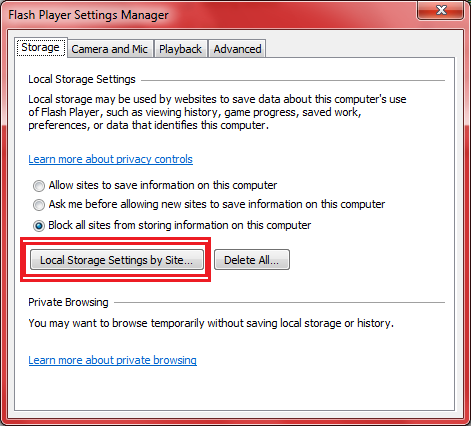
- Remove adobe flash update manager osx mac os#
- Remove adobe flash update manager osx manual#
- Remove adobe flash update manager osx Patch#
Therefore, restoring the PC ultimately brings back all the previous settings, including the Adobe program. The second method entails that creating a system restore point as a backup before installing the patch.


On the other hand, if the need occurs, there are two methods for getting Adobe Flash Player back to your operating system, one of them being to reinstall your version of Windows.
Remove adobe flash update manager osx manual#
However, it is important to note that this does not affect the manual installation of the program and removing it entails getting rid of it in the classic way via the Control Panel. To disable the auto update edit mms.cfg for value AutoUpdateDisable 0, 1 (0 false, 1 true) If this value is set to 0 (the default), Flash Player lets the user enable or disable auto-update in the Settings Manager. It is important to note that the update is permanent and once installed, it cannot be undone. Note that Flash Player supports only 32-bit browsers on 64-bit operating systems. The update mainly addresses Windedition and earlier as well as Windows 8, Windows 8.1 and several editions of Windows Server 2012, 20.
Remove adobe flash update manager osx Patch#
The idea behind the patch is to provide a way for developers to test out the impact of removing Adobe Flash Player from the OS. Microsoft wanted to take a lead and hence, released an Update for the removal of Adobe Flash Player that has the role of permanently removing the tool from your operating system. If you have Dreamweaver or another Adobe application opened, it will be in the list too but you choose only the ones that have "Adobe Manager" in the line.Īfter it you have deleted the folders with Adobe Manager in the name.As many of you have already heard, starting with DecemAdobe ends support for Adobe Flash Player. In case you don’t know, Adobe Flash is a piece of software that web developers used to place. Probably the files are in the folder called "Utilities" or something similar. I had a few emails from readers asking about the end of Adobe Flash and what they should do about it. After this command you will see all Adobe processes that are running in your Mac.įind the location of processes that have " Adobe Manager " in the line. The command in terminal is " ps aux | grep Adobe". When the Adobe Manager application is running, you can find its path location listing the processes of OS X. Please, find below the steps.įind where Adobe manager is installed. After you do the steps below, you will receive a message that Adobe Manager is not installed in your computer when you start any Adobe software, but it will start normally. On October 27, 2020, Microsoft released an. There is an additional thing that may be good to try with Adobe Manager: remove the Adobe Manager application from your Mac. Firefox 85, released on January 26, 2021, completely removed support for Flash plugin.

You'd use the same commands as above, but with two additions/changes: sudo -s Mark at Group or user names System, press Edit and click on all Deny checkboxes. Right click the new file AdobeUpdater.exe, select Properties, then Security. If the above does not disable it, you may need to remove it at a system level. Here is how it works: First, start your task manager and kill the AdobeUpdater.exe process. Note that depending on your version of Adobe programs, some of the above lines may generate errors. Open a Terminal window and type the following commands: cd ~/Library/LaunchAgents
Remove adobe flash update manager osx mac os#
Instructions to completely disable this can be found on The real way to disable Adobe Updater from your Mac OS X: The updater is registered with the system service launchd.


 0 kommentar(er)
0 kommentar(er)
